Porsche 2009 Annual Report Download - page 154
Download and view the complete annual report
Please find page 154 of the 2009 Porsche annual report below. You can navigate through the pages in the report by either clicking on the pages listed below, or by using the keyword search tool below to find specific information within the annual report.-
 1
1 -
 2
2 -
 3
3 -
 4
4 -
 5
5 -
 6
6 -
 7
7 -
 8
8 -
 9
9 -
 10
10 -
 11
11 -
 12
12 -
 13
13 -
 14
14 -
 15
15 -
 16
16 -
 17
17 -
 18
18 -
 19
19 -
 20
20 -
 21
21 -
 22
22 -
 23
23 -
 24
24 -
 25
25 -
 26
26 -
 27
27 -
 28
28 -
 29
29 -
 30
30 -
 31
31 -
 32
32 -
 33
33 -
 34
34 -
 35
35 -
 36
36 -
 37
37 -
 38
38 -
 39
39 -
 40
40 -
 41
41 -
 42
42 -
 43
43 -
 44
44 -
 45
45 -
 46
46 -
 47
47 -
 48
48 -
 49
49 -
 50
50 -
 51
51 -
 52
52 -
 53
53 -
 54
54 -
 55
55 -
 56
56 -
 57
57 -
 58
58 -
 59
59 -
 60
60 -
 61
61 -
 62
62 -
 63
63 -
 64
64 -
 65
65 -
 66
66 -
 67
67 -
 68
68 -
 69
69 -
 70
70 -
 71
71 -
 72
72 -
 73
73 -
 74
74 -
 75
75 -
 76
76 -
 77
77 -
 78
78 -
 79
79 -
 80
80 -
 81
81 -
 82
82 -
 83
83 -
 84
84 -
 85
85 -
 86
86 -
 87
87 -
 88
88 -
 89
89 -
 90
90 -
 91
91 -
 92
92 -
 93
93 -
 94
94 -
 95
95 -
 96
96 -
 97
97 -
 98
98 -
 99
99 -
 100
100 -
 101
101 -
 102
102 -
 103
103 -
 104
104 -
 105
105 -
 106
106 -
 107
107 -
 108
108 -
 109
109 -
 110
110 -
 111
111 -
 112
112 -
 113
113 -
 114
114 -
 115
115 -
 116
116 -
 117
117 -
 118
118 -
 119
119 -
 120
120 -
 121
121 -
 122
122 -
 123
123 -
 124
124 -
 125
125 -
 126
126 -
 127
127 -
 128
128 -
 129
129 -
 130
130 -
 131
131 -
 132
132 -
 133
133 -
 134
134 -
 135
135 -
 136
136 -
 137
137 -
 138
138 -
 139
139 -
 140
140 -
 141
141 -
 142
142 -
 143
143 -
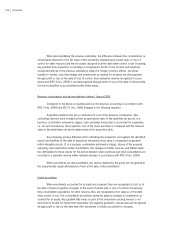 144
144 -
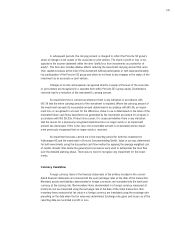 145
145 -
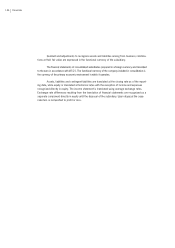 146
146 -
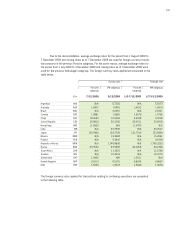 147
147 -
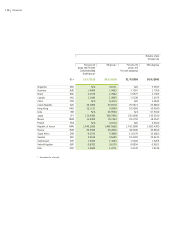 148
148 -
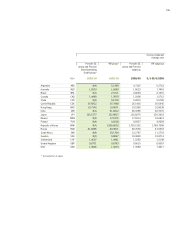 149
149 -
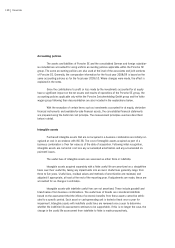 150
150 -
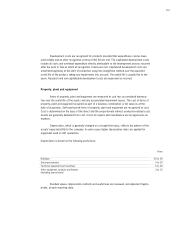 151
151 -
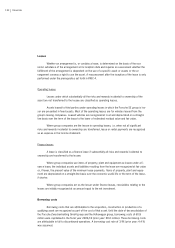 152
152 -
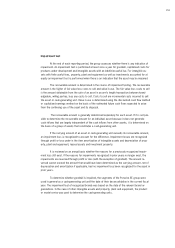 153
153 -
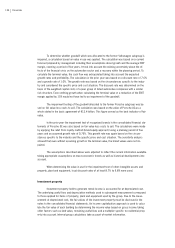 154
154 -
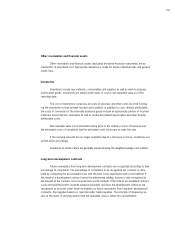 155
155 -
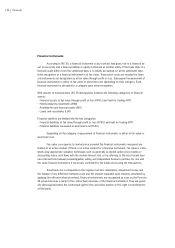 156
156 -
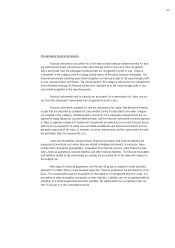 157
157 -
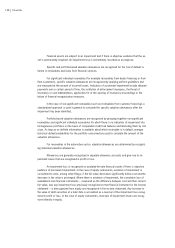 158
158 -
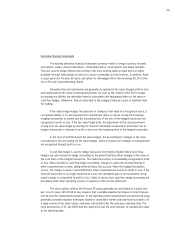 159
159 -
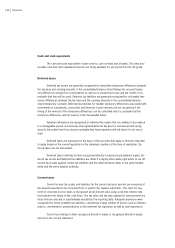 160
160 -
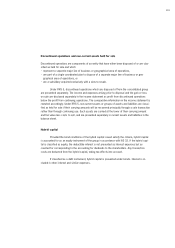 161
161 -
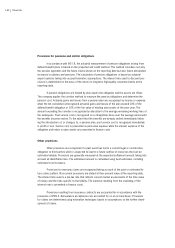 162
162 -
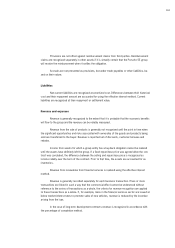 163
163 -
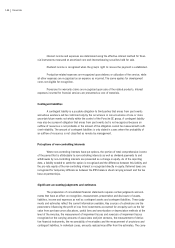 164
164 -
 165
165 -
 166
166 -
 167
167 -
 168
168 -
 169
169 -
 170
170 -
 171
171 -
 172
172 -
 173
173 -
 174
174 -
 175
175 -
 176
176 -
 177
177 -
 178
178 -
 179
179 -
 180
180 -
 181
181 -
 182
182 -
 183
183 -
 184
184 -
 185
185 -
 186
186 -
 187
187 -
 188
188 -
 189
189 -
 190
190 -
 191
191 -
 192
192 -
 193
193 -
 194
194 -
 195
195 -
 196
196 -
 197
197 -
 198
198 -
 199
199 -
 200
200 -
 201
201 -
 202
202 -
 203
203 -
 204
204 -
 205
205 -
 206
206 -
 207
207 -
 208
208 -
 209
209 -
 210
210 -
 211
211 -
 212
212 -
 213
213 -
 214
214 -
 215
215 -
 216
216 -
 217
217 -
 218
218 -
 219
219 -
 220
220 -
 221
221 -
 222
222 -
 223
223 -
 224
224 -
 225
225 -
 226
226 -
 227
227 -
 228
228 -
 229
229 -
 230
230 -
 231
231 -
 232
232 -
 233
233 -
 234
234 -
 235
235 -
 236
236 -
 237
237 -
 238
238 -
 239
239 -
 240
240 -
 241
241 -
 242
242 -
 243
243 -
 244
244 -
 245
245 -
 246
246 -
 247
247 -
 248
248 -
 249
249 -
 250
250 -
 251
251 -
 252
252 -
 253
253 -
 254
254 -
 255
255 -
 256
256 -
 257
257 -
 258
258 -
 259
259 -
 260
260 -
 261
261 -
 262
262 -
 263
263 -
 264
264 -
 265
265 -
 266
266 -
 267
267 -
 268
268 -
 269
269 -
 270
270 -
 271
271 -
 272
272 -
 273
273 -
 274
274 -
 275
275
 |
 |

154 Financials
To determine whether goodwill which was allocated to the former Volkswagen subgroup is
impaired, a calculation based on value in use was applied. The calculation was based on a current
forecast prepared by management including their assumptions about growth and the average EBIT
margin, covering a period of five years. It took into account the existing uncertainty about the ef-
fects of the financial crisis on the automotive sector and a recovery within the planning period. To
calculate the terminal value, the cash flow was extrapolated taking into account the expected
growth rates and profitability. The calculation in the prior year was based on a discount rate of 7.6%
and a growth rate of 1.0%. The growth rate was based on the circumstances specific to the indus-
try and considered the specific price and cost situation. The discount rate was determined on the
basis of the weighted capital costs of a peer group of listed automotive companies with a similar
risk structure. Even omitting growth when calculating the terminal value or a reduction of the EBIT
margin applied by 15% would not have led to an impairment of the goodwill.
The impairment testing of the goodwill allocated to the former Porsche subgroup was ba-
sed on fair value less costs to sell. The calculation was based on the value of Porsche AG as a
whole stated in the basic agreement of €12.4 billion. This figure served as the best indicator of fair
value.
In the prior year the impairment test of recognized brands in the consolidated financial sta-
tements of Porsche SE was also based on fair value less costs to sell. The calculations were made
by applying the relief from royalty method (brand equity approach) using a planning period of five
years and an assumed growth rate of 0.75%. This growth rate was again based on the circum-
stances specific to the industry and the specific price and cost situation. The sensitivity analysis
showed that even without assuming growth in the terminal value, the brand values were not im-
paired.
The assumptions described above were adjusted to reflect the current information available
taking appropriate assumptions on macro-economic trends as well as historical developments into
account.
When determining the value in use for the impairment test of other intangible assets and
property, plant and equipment, local discount rates of at least 8.7% to 9.8% were used.
Investment property
Investment property held to generate rental income is accounted for at depreciated cost.
The underlying useful lives and depreciation methods used in subsequent measurement correspond
to those applied for items of property, plant and equipment used by the group. Due to the meas-
urement at depreciated cost, the fair values of the investment property must be disclosed in the
notes to the consolidated financial statements. An income capitalization approach is used to calcu-
late the fair value of each building by determining the income value based on gross income taking
other factors such as land value, remaining useful lives and a multiplier specific to residential prop-
erty into account. Internal group calculations take account of market information.
